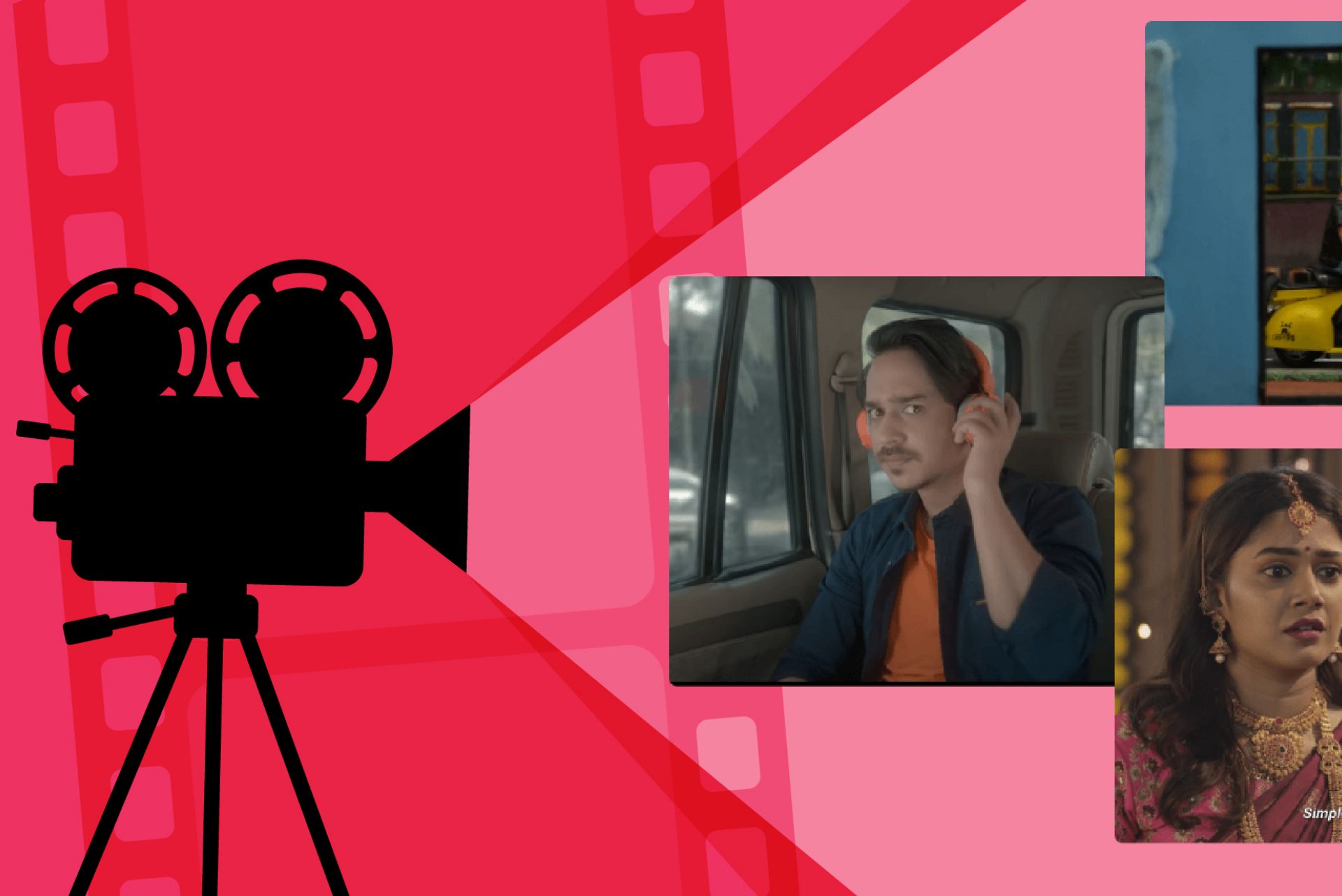When and Why People Pay Attention to Video Ads

In the 21st century, video advertising is the most popular way to reach online audiences. Experts believe video advertising will dominate the next decade, which suggests that now is an ideal time for marketing professionals to learn more about it and investigate how it could improve their reach and overall effectiveness with campaigns.
The Current State of Video Advertising
Although marketing with videos is gaining popularity, that doesn’t make it a guaranteed win for marketers. The results of an Irish study indicated 60% of respondents felt there was too much advertising associated with on-demand video platforms. Also, 35% said they got frustrated with those ads because they prevented them from watching their desired content.
If an audience doesn’t pay attention to your ad, there’s no way it can be effective. And competition for people’s attention has never been fiercer, but all is not lost.
From influencer partnerships to the use of emotional storytelling, advertisers have access to countless creative levers to help break through the noise. But the truth is, even the best creative components will only take you so far in this world where consumers are more selective with the allocation of their attention than ever. And according to new research from Ipsos and Nielsen, the attention-worthiness of video ads depends just as much on how the ads are served as what’s in them.
Contrary to popular belief, people can and do still pay attention today
It’s not that grabbing attention has become impossible. Despite the recent proliferation of platforms, channels and devices, research shows people can and do still pay attention to video. In fact, according to Ipsos, 81% of video-viewing occasions get all or most of people’s attention.
But people are more selective about where they devote their attention
People have so much media to choose from today that they are less likely to settle for content that doesn’t grab their interest. Gone are the days of, ‘I’m watching this because there’s nothing good on.’ Now, there are so many options, you’re more likely to have choice overload.
As one focus group participant in Chicago put it, “There’s so much out there that if something doesn’t really grab me, I just go on to the next thing.” In other words, if you can’t captivate them, they clear out.
When your audience is captive.
Advertising content needs to do two things — engage and persuade. Ads traditionally spent more time doing the latter — in the pre-internet era, the main way people accessed information about new products or brands was through TV advertisements, so they were willing to pay sustained attention to promotional or informational content. With the ubiquity of on-demand information, that’s no longer the case; in general today’s consumers will pay significantly more attention to content designed to entertain them. This holds true for B2B and B2C audiences alike.
However, exceptions to this rule still exist. Consider a cinema, where consumers are relatively captive. They sit in a darkened room, leaving is inconvenient and they probably don’t have access to competing content (though even this is changing as norms against smart-phone use in cinemas deteriorate). In this context, advertisers can assume that their audience will pay full attention until the end of the commercial — so they can focus on persuasion and spend more of the ad time imparting product information.
When your audience starts off paying attention.
Unlike cinema-goers, people who watch television have plenty of available alternatives. They can change the channel, pick up their smart phone, walk into the kitchen to have a snack, or even pause and then fast-forward through commercials. In an experiment over the internet, I played a subsample of 88 video ads for various food and beverage products — and told participants that they could skip any ad that they chose. I filmed the participants’ faces. Using an algorithm to measure their facial reaction, I was able to gauge the time and intensity of emotional engagement each ad elicited. I then asked participants in the study to buy a confectionary product, and was able to correlate their purchasing choices to how intensely each advertisement engaged their attention.
When your audience does not start off paying attention.
It’s a truism of advertising that good television ads grab their audience’s attention in the first five seconds. But sometimes your audience isn’t even watching your ad to begin with, so instead you need to capture their attention over the course of the ad — for instance, when a television is on in the background during the typically busy “early evening” time slots, when younger audiences make up the bulk of viewers (they are inveterate multitaskers), or when your advertisement will play in the middle of a “pod” of commercials.
When your audience is completely distracted
There are some contexts in which an audience’s attention will be so divided that trying to capture it is a fool’s errand. Display advertising in Times Square in Manhattan is a good example — only already strong brands have a chance of making an impression in such a noisy environment, and it will likely be a weak one. In such instances, however, there may be solution — viral advertising, but not the standard way.
Few categories have commercials that are as highly skipped as batteries. People are just not interested in what many perceive to be a commodity. Yet, Duracell managed to make a battery advertisement into a viral sensation with almost 16 million views on YouTube alone (12 million in just two weeks). My research shows just what a jackpot this was: less than 0.6% of video ads get 1 million or more total views on YouTube.
For advertising to work, it has to attract attention before it does anything else. That task is much more complicated and expensive than in the past because people’s attention spans are shorter and more brands compete for attention.